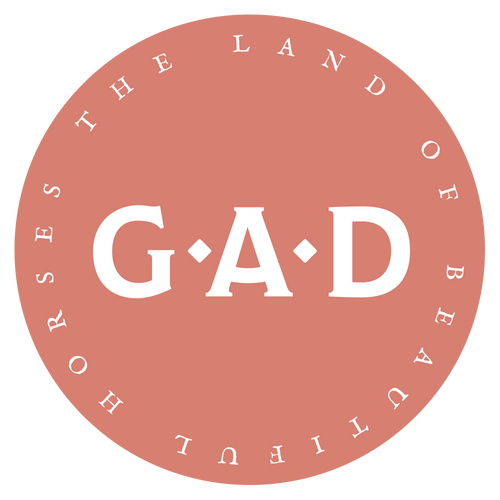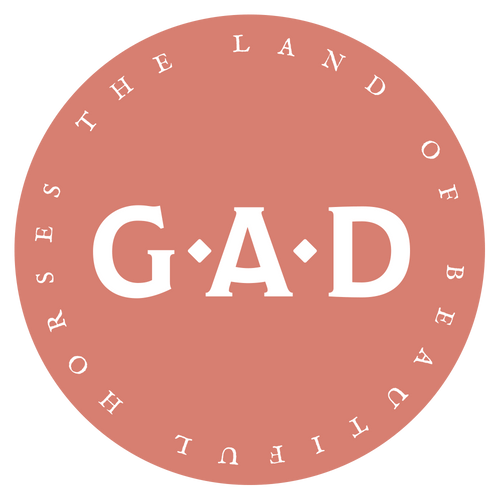Leathercraft is an ancient art that has been passed down through generations, capturing the essence of human craftsmanship. At the heart of this skill lies the deep understanding and appreciation of high-quality leather. A seasoned leathercraftsman possesses a wealth of knowledge about leather types, tanning processes, and material characteristics. In this article, we delve into the world of leathercraftsmanship, exploring how these skilled artisans discern and select top-notch leather to create exceptional products that stand the test of time.
Understanding High-Quality Leather for Exquisite Product Creation

1. The Basics of Leather
To comprehend high-quality leather, it is crucial to understand its composition. Leather is derived from animal hides, which undergo intricate processes to transform them into a durable, flexible, and visually appealing material. The choice of animal, breed, age, and the region of origin significantly impact the final product's quality. The two most commonly used types of leather are full-grain and top-grain leather, with their unique attributes and applications.
2. Leather Tanning Techniques
Tanning is a pivotal step that transforms raw hides into leather. There are various tanning techniques employed by craftsmen, including vegetable tanning, chrome tanning, and combination tanning. Each method offers distinct characteristics, such as durability, suppleness, and natural aging patina. A skilled leathercraftsman possesses an in-depth understanding of these tanning techniques and their effects on the final product's quality.
3. Judging Leather Quality
Leathercraftsmen possess a keen eye for assessing the quality of leather. They scrutinize several key factors, such as grain texture, thickness, color consistency, and blemishes. A fine-grained, uniform texture with minimal scars or wrinkles often indicates superior leather quality. Additionally, understanding the specific requirements for different products, such as bags, shoes, or belts, allows craftsmen to select suitable leather types for optimal results.
4. Sensory Evaluation
Beyond visual inspection, leathercraftsmen rely on their sense of touch and smell to discern high-quality leather. They assess the suppleness, flexibility, and tactile sensations of the material, noting its natural grain pattern and inherent softness. Moreover, a distinct and pleasant aroma is often associated with well-tanned, high-quality leather, evoking a sense of authenticity and craftsmanship.
5. Leather Sourcing and Sustainability
An essential aspect of understanding high-quality leather is sourcing it responsibly. Skilled leathercraftsmen prioritize suppliers who adhere to ethical practices, ensuring the well-being of animals and the environment. They often seek out leather from reputable tanneries that comply with stringent regulations and certifications, promoting sustainability and reducing the environmental impact of the leather industry.
6. Craftsmanship and Leather
The mastery of leathercraft extends beyond leather selection. A seasoned leathercraftsman possesses a profound knowledge of stitching techniques, edge finishing, dyeing, and other intricate processes that elevate the final product. By combining their expertise in leather selection and craftsmanship, these artisans bring forth meticulously crafted items that exude beauty, durability, and functionality.
High-Quality Leather Producers Around the World
Sepici: One prominent high-quality leather producer is Sepici, known for its exceptional craftsmanship and premium leather. Founded in Turkey in 1930, Sepici has been dedicated to producing top-notch leather for various industries, including fashion, upholstery, and accessories. They specialize in vegetable-tanned leather, known for its natural aging process and environmental friendliness. Sepici's commitment to quality and sustainability has earned them a reputation as a trusted supplier among leather craftsmen worldwide.
Other Notable Leather Producers:
1. Horween Leather Company (United States):
Renowned for its rich heritage and traditional tanning methods, Horween Leather Company has been producing top-quality leather since 1905. Located in Chicago, Illinois, they are known for their Chromexcel and Shell Cordovan leathers, favored by leathercraftsmen for their durability, unique patina development, and timeless appeal.
2. Tannerie d'Annonay (France):
Established in 1820, Tannerie d'Annonay is celebrated for its exquisite vegetable-tanned leathers. Situated in the Rhône Valley, France, they have a long-standing reputation for producing high-quality leather used in luxury goods and footwear. Their artisanal approach and attention to detail have made them a preferred choice among discerning leathercraftsmen.
3. Conceria Walpier (Italy):
With over 40 years of experience, Conceria Walpier is an Italian tannery that specializes in vegetable-tanned leather. Located in the heart of Tuscany, they produce leather renowned for its exceptional quality, rich colors, and natural aging characteristics. Their dedication to traditional techniques and craftsmanship has made them a trusted source for high-end leather products.
The realm of leathercraft is a testament to human skill and creativity, and at its core lies a deep understanding of high-quality leather. A leathercraftsman's expertise encompasses the ability to discern exceptional leather through visual, tactile, and olfactory assessments. The pursuit of sustainable sourcing further ensures the ethical practices and environmental responsibility of the craft. With their honed skills and refined craftsmanship, leathercraftsmen continue to create timeless products that captivate the senses and endure as cherished possessions for generations to come.
Sepici, along with other renowned leather producers like Horween Leather Company, Tannerie d'Annonay, and Conceria Walpier, play a vital role in supplying the industry with top-quality leathers that serve as the foundation for exquisite leather creations.


